Hospital catgut embedding weight-loss should be linked to the acupuncture and moxibustion department or the traditional Chinese medicine department. The specific department name may vary from hospital to hospital. Thread embedding for weight loss is a traditional Chinese medicine treatment that involves embedding absorbable catgut into specific acupoints, stimulating meridians, regulating metabolism, and achieving weight loss results. It is recommended to consult the hospital's guidance desk in advance to confirm departmental arrangements. The principle of thread embedding for weight loss is based on traditional Chinese medicine meridian theory and modern medical acupoint stimulation techniques. After embedding catgut into acupoints, it will continuously stimulate the acupoints, promote blood circulation, regulate endocrine system, and accelerate fat metabolism. This method is suitable for people who are overweight and have slow metabolism, especially for those with local obesity. The advantages of thread embedding for weight loss are minimal trauma, fast recovery, and fewer side effects, but it requires professional doctors to operate to ensure safety and effectiveness.

1. Suitable population for thread embedding weight loss: people with a body mass index (BMI) of over 24 and significant local fat accumulation, such as the abdomen, thighs, buttocks, etc. People with slow metabolism, easy edema, and poor dietary control are also suitable to try. Thread embedding for weight loss is not suitable for pregnant women, lactating women, patients with severe heart disease, and those with skin allergies.
2. Operation process of thread embedding for weight loss: Doctors will choose suitable acupoints based on personal physique and obesity, such as Zusanli, Zhongwan, Tianshu, etc. After disinfection, use a specialized needle to bury the catgut into the acupoint, and the entire process takes about 15-30 minutes. After embedding the thread, the acupoints will continue to be stimulated, and the effect can last for 1-2 weeks.
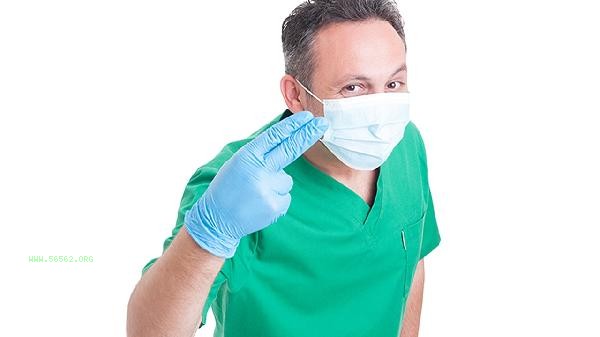
3. Precautions for thread embedding for weight loss: After surgery, it is necessary to keep the thread embedding area clean and avoid vigorous exercise and excessive massage. Diet should control calorie intake and avoid high sugar and high-fat foods. Combined with moderate exercise, such as brisk walking, yoga, etc., the effect is better. If there is any discomfort such as local redness, swelling, or pain, seek medical attention promptly.
4. Common problems with thread embedding for weight loss: Slight swelling or bruising may occur after thread embedding, which usually subsides on its own within 1-2 days. Some people may experience soreness and swelling at acupoints, which is a normal phenomenon. If the symptoms persist or worsen, it is necessary to seek timely advice on thread embedding for weight loss. It is not a one-time solution, and it is necessary to combine healthy eating and exercise habits in order to maintain long-term effects.
Thread embedding weight loss is a safe and effective traditional Chinese medicine weight loss method, suitable for a variety of obese individuals. Choosing a reputable hospital and professional doctors is crucial, and postoperative care and dietary adjustments should be taken into account. Through scientific methods and continuous efforts, thread embedding weight loss can help achieve the goal of healthy weight loss.
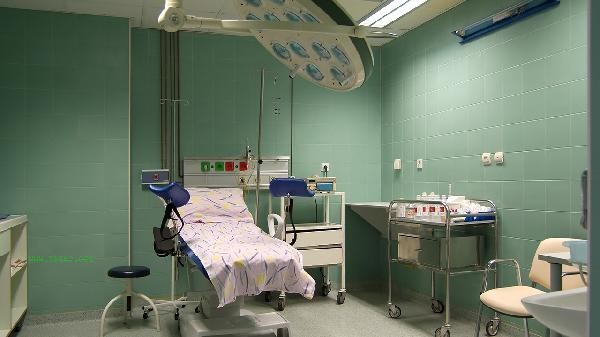

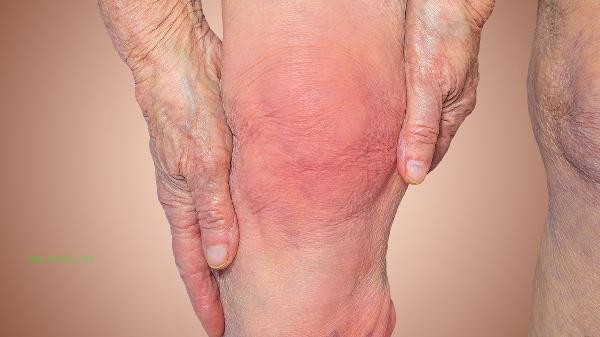
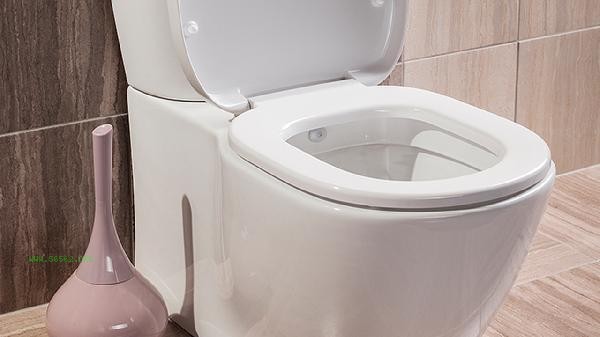
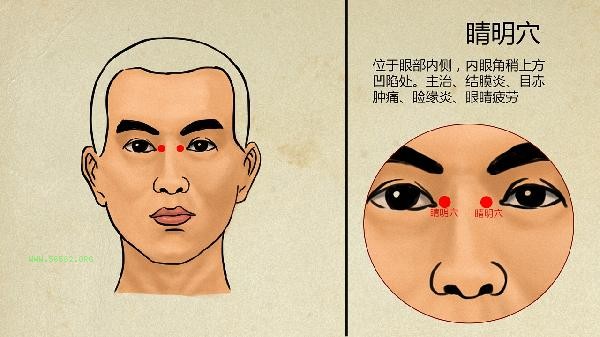
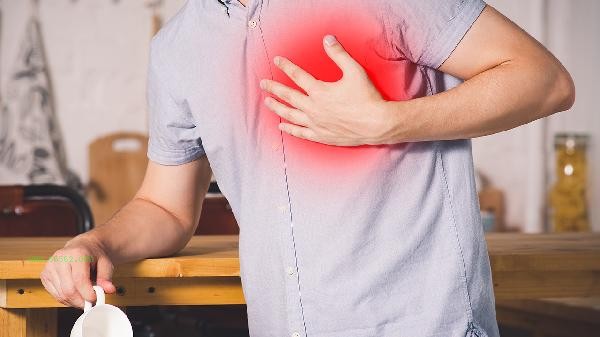
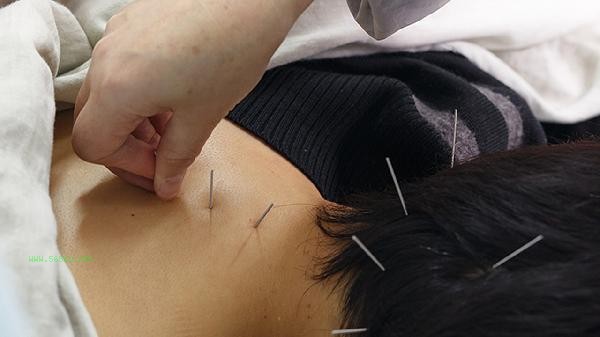


Comments (0)
Leave a Comment
No comments yet
Be the first to share your thoughts!